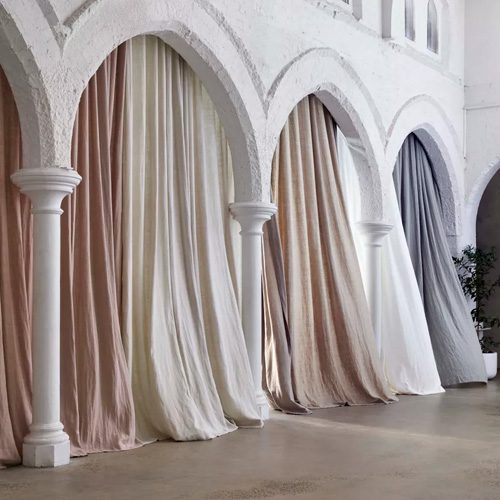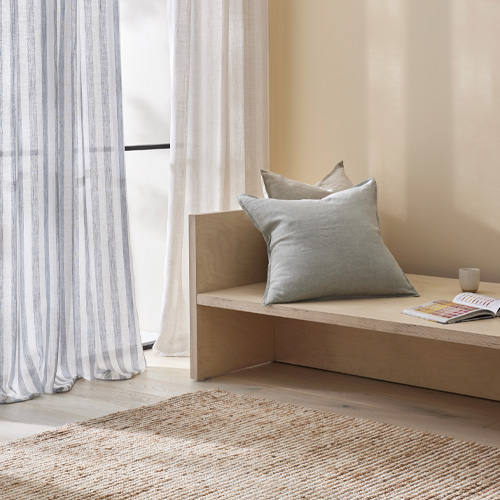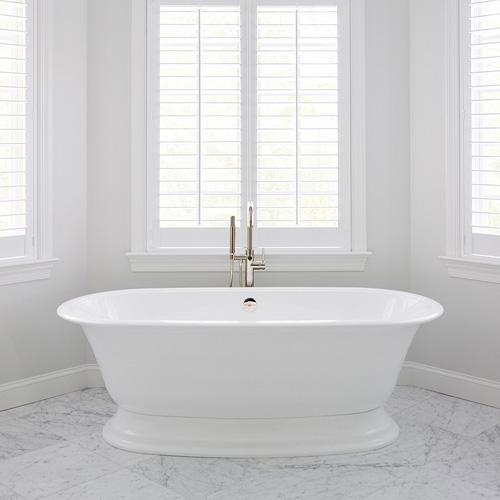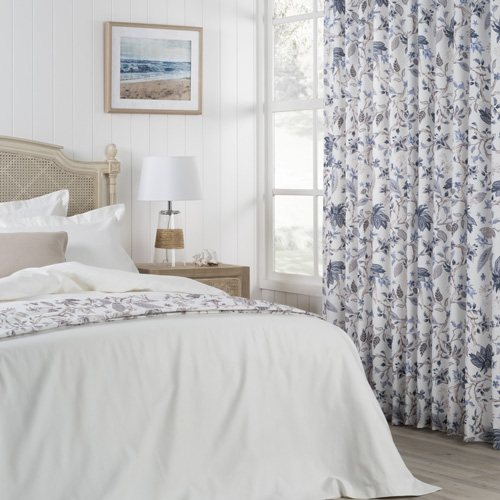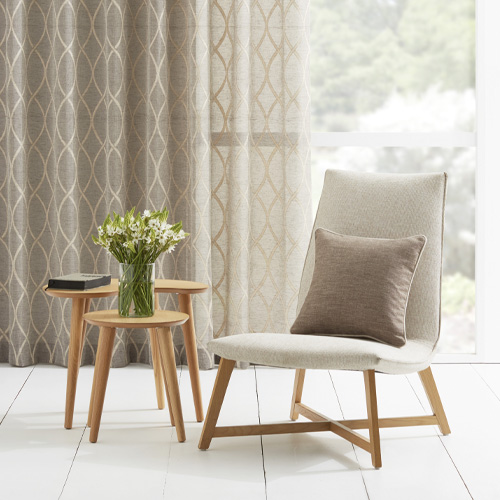When you complete your window furnishings project, you’ll either soak in the satisfaction of a job well done, or feel a stab of regret because the result is less than you desired. Which feeling will you experience? Deep satisfaction is more likely when you journey with a defined purpose; a big picture awareness if you like, supported by clear goals. You also want to be ruthless in removing confusions along the way. Today therefore, we’ll talk about the role of purpose in your journey and we’ll clear up some issues that can potentially confuse.
Purpose is another way of describing your aspirations, vision, mission or objective. Purpose is what is created when you have a big picture awareness of the look and feel you’re pursuing, as well as a more detailed understanding of those goals and principles that will contribute to it.
The Power of a Clearly Defined Purpose
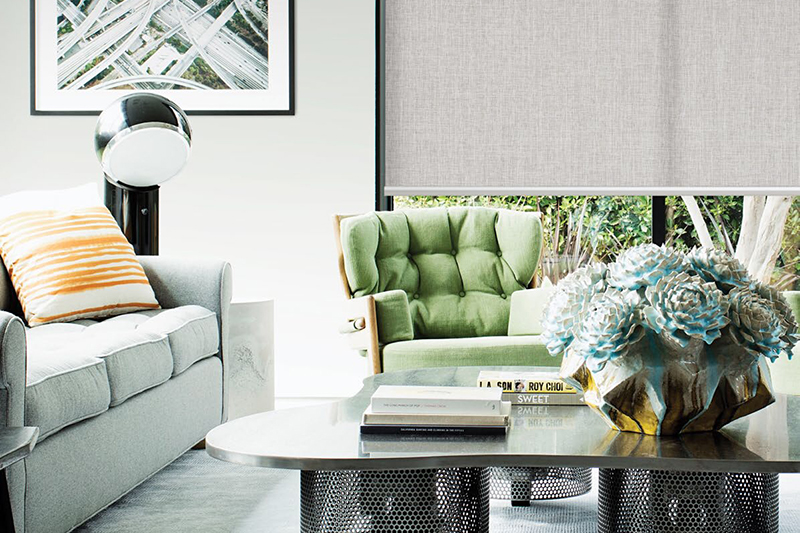
Generally speaking, after you finish your interior design journey, you will have achieved one of three outcomes. You will have:
- Fulfilled the purpose you set out to achieve,
- Fallen short of your aspirations, or
- Stumbled across the finish line, annoyed and frustrated by obvious errors along the way.
The first outcome comes when decisions are framed by clear purpose. When you work with clear purpose, your results can stir in you and others, a cheek-aching smile and enduring satisfaction.
The second outcome, falling short of your goals, delivers a bitter-sweet hurt. Sure, there’s pleasure in knowing you did your best with the resources you had, but there’s an ‘ouch’ also, because you’re painfully aware of what you didn’t achieve.
But the third option hurts even more. Stumbling to your journey’s end, like an exhausted runner at the end of a marathon, carries very real disappointment – and often, very significant expense. Decisions made in the moment, without reference to a big-picture purpose, can bring both projects and people undone.
We don’t want that for you!
Deciding Your Purpose
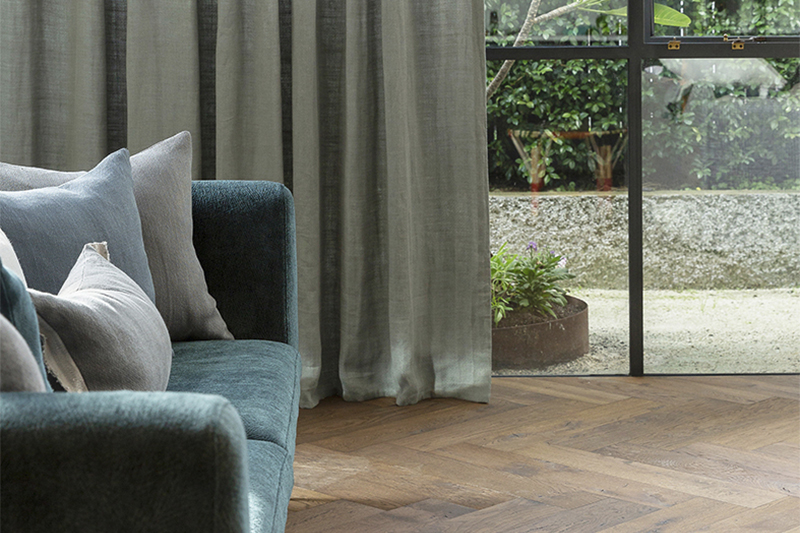
Purpose is another way of describing your aspirations, vision, mission or objective. Purpose is created when you have a big picture awareness of the look and feel you’re pursuing, as well as a more detailed understanding of those goals and principles that will contribute to it.
At its most basic, your purpose is a statement or picture of the look and feel that you’re pursuing. It’s a way of translating your sense of style into an aesthetically pleasing design. Whether it’s in your mind’s eye or on paper, this expressed purpose becomes both coach and referee for your decisions ahead.
Your purpose will likely vary from room to room, but wherever you are in your home, your intentions and decisions should cater for (at least) six factors:
- Decor,
- Budget,
- Environment,
- Lifestyle,
- Personal preferences, and
- The options available to you.
Your existing or intended décor should be a primary guide. Traditional interiors will have different needs from those which are more modern. Even in modern decor environments, design decisions can vary enormously. An Industrial look decor will induce very different design decisions to a room with a Hampton, Nautical or Coastal decor; exposed steel and brick is very different from warm whites, sand colours and primary blues.
Your budget obviously needs to be factored in. The way you use it also needs to be planned. You might be willing to splurge on a main room and be more reserved elsewhere. Or perhaps you’ll pursue a more consistent feel across the entire house? Don’t just think about the immediate either; a good budgetary decision also looks forward. The down-the-road factors of cleaning, maintenance, lifestyle changes and/or potential repairs should be factored in.
Ignoring the particulars of your environment is a sure-fire recipe for disaster. For example, if one or more windows are bombarded with direct light for much of the day, issues of heat and fading come into play. Does your window receive no sunlight at all, or is it prone to moisture? Your material choices will be enormously influenced by these scenarios. Finally, consider the practicalities of each window; you might want to consider some motorisation options (which we’ll mention below).
Take your lifestyle into account. Do you have children? Will you have sticky fingers to plan for? How do nerf bullets and soccer boots factor into your decisions? Will high traffic areas make your blinds or shutters vulnerable to damage? Do you have safety considerations to keep in mind (one of which, we’ll discuss in this article)?
Your likes and dislikes may seem too obvious to list, but it’s amazing how often people accommodate or compromise in the process, then later are burdened with regrets for those decisions. Your ‘likes’ and ‘dislikes’ will serve you better when you clearly define what these are.
All of these factors will influence what curtains, blinds and shutter options are available. If you know the above items, you’ll also be better able to appreciate the features and benefits of each available option.
If you’d like some help in shaping your purpose call us on 0411 557 622, or request a call back by completing the form.
Ask Those Questions and Remove Confusion
In our last article we helped you choose between Venetian Blinds, Roman Blinds, Roller Blinds and Plantation Shutters. We stressed the role we can play as experts, advising and guiding you to the best decision and your ultimate sense of satisfaction. Perhaps with a little cheekiness, we advised you to consult a ‘blind guide’ (that would be us) to help you see your options better.
Here’s some examples of where people get tripped up.
Confusion Issue 1: Is that a Shade, Blind or a Shutter?
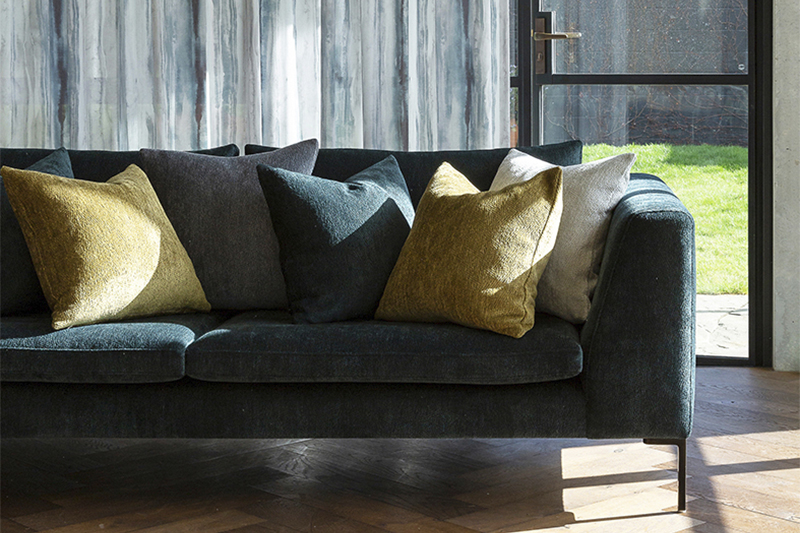
Technically speaking, shades, blinds and shutters are different:
- Shades are made of one continuous piece. They are rolled open or closed.
- Blinds are made of multiple slats. The slats pivot in order to open or close.
- Shutters use slats (just like blinds) but they also house them within a solid frame.
If you’re one of the sharper pencils in society’s drawer, when you read about Roman Blinds and Roller Blinds, you might be thrown because they are technically ‘shades’; they’re made from one continuous piece of material. Yet, they are referred to as a ‘blind’.
Another understandable error is the belief that when the slats in a blind are made of timber, it should be called a shutter.
Don’t let the deviations trouble you; just enjoy your options.
Confusion Issue 2: Should You Choose Timber, Plastics or Fabric?
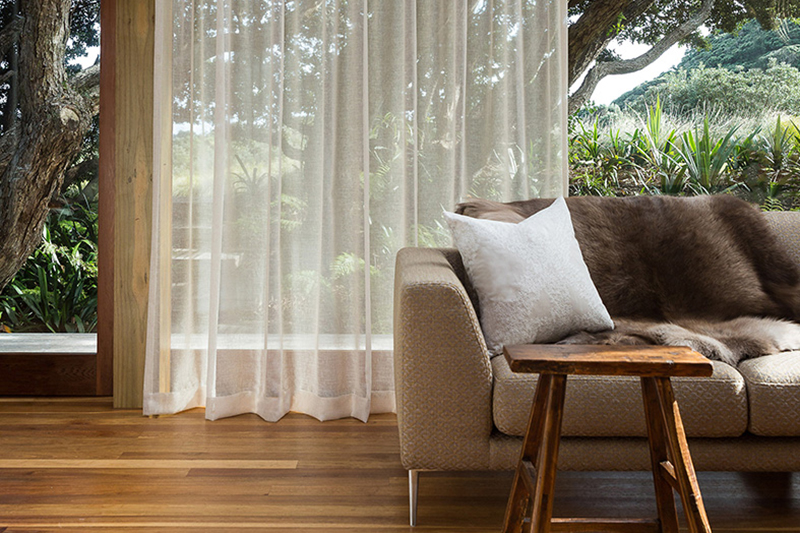
Choosing between timber, plastic and polymer options should be guided by your purpose. (Surprise!!)
Timber is beautiful. Some would argue that when done right, timber is the most beautiful option there is. It doesn’t mark or fade easily, however it is vulnerable to humidity, heat and moisture, so it’s not a common choice in bathrooms, kitchens and laundries. But there is a solution.
Our shutters come in:
- An all timber Basswood,
- A non-timber Thermo 25 aluminium and poly-resin composite, and
- A combined ‘best of both worlds’ solution, called the Thermo Tech Plantation Shutter.
So you can have your timber look and shower near it too. These are further explained in our article, “Which Plantation Shutter is Right For You?”
This is the beauty and practicality of plastic polymer window coverings . Whether we’re talking blinds or shutters, plastics can provide beautiful, practical and cost effective solutions.
Fabrics should be also considered. Fabrics empower imagination because there’s a diverse variety of textures, colours and patterns available. As for the environmental challenges of excessive sun, moisture and ‘little darlings’, the first we can solve. Fading due to a punishing sun is remedied by blockout lining. Unfortunately however, we don’t have a fabric that copes with excessive moisture or ‘overly enthusiastic’ children.
Sometimes practicality should take precedence over beauty. Every choice has both benefits and drawbacks.
Remember, we’re here to answer questions. You can reach us on 0411 557 622 or you can request a call-back here.
We want you to experience the deep and enriching pleasure of fulfilling your purpose. We want you to know the satisfaction of achievement and be appreciated by those who live in and visit your home. We want you to enjoy the atmosphere you create, perhaps even attaining that feel of home where you can almost sense each room’s appreciative embrace.
Know your purpose and ask those questions. We’re here to help! Call 0411 557 622 so your purpose-filled and confusion free journey can begin.
